PACK:
500 ml in a tinted glass bottle
PRECAUTIONS FOR USE:
There are no known problems (not even for diabetics), but we do not recommend for anyone with an iodine allergy or hyperthyroidism or for pregnant women, lactation, cardiovascular problems and under 12 years .
MAIN INGREDIENTS:
FUCUS VESICULOSUS
ELEUTHEROCOCCUS
BITTER ORANGE
ACACIA HONEY
INGREDIENTS:
Water, acacia honey, elderberry juice, hydroglyceric extracts (water, stabilizer: glycerol, part of plant ratio 1:2) of: Bladderwrack (Fucus vesiculosus, thallus), Ginseng (Panax ginseng C.A. Mey., root), Eleutherococcus (Eleutherococcus senticosus (Rupr. et Maxim.) Maxim, root); acidifier: citric acid; bitter orange (Citrus aurantium var. amara L.) unripe fruit dry extract titrated to 10% in synephrine, preservative: potassium sorbate.
Last updated on 07/04/2025
THE ROLE OF ITS COMPONENTS
Betacomplex is a tonic soft drink with a high slow-release glucide content and a reduced glutaminic index. It contains natural plant extracts well known for their toning, stimulating, revitalising and detoxifying properties.
Bladderwrack (Fucus Vesiculosus) is an alga that is extraordinarily rich in components and in particular, minerals (20%), amino acids (9%), slow sugars (57%) and water (10%).
It is mainly used to favour intestinal transit (mucilage), but also has many other properties. The fact it is rich in iodine makes it a vasodilator and a regulator of circulation. It also stimulates the body’s defensive reactions and activates cell exchange and oxidation (peroxides). It is a bronchopulmonary fluidifier that is very useful in supporting slimming diets. Furthermore, it corrects deficiencies, stimulates general metabolism, regulates organ functions and increases vital energy.
We use 2 types of ginseng: Korean Ginseng or Panax, which contains saponins (ginsenosides) and phenolic compounds and Siberian Ginseng or Eleutherococcus Senticosus, which contains only phenolic compounds.
These 2 plants have multiple properties: anti-fatigue; improvement of physical, athletic and sporting performance; increase in intellectual capacity and concentration; hypoglycaemic action; protection of the liver against toxic products and heavy metals; senescence; protection against dangerous radiations.
Eleutheroccus is a tonic-adaptogen. It supports the body’s natural defences and favourably affects memory and cognitive functions.
Bitter orange peel, also known as Bigarade orange, a small orange that grows on the Bigarade tree (Citrus Aurantium). It has fat-burning, toning, digestive and sedative properties. It prevents venous insufficiency, improving dyspepsia.
Acacia honey is very rich in minerals and vitamins. Honey contains fewer calories than sugar (64 calories compared to 84 calories per 20 g). Its glycaemic index varies from one type to another and it has less influence on the blood rate than sugar or sucrose.
Elderberry Juice promotes the drainage of body fluids and increases the body’s defenses.
RECOMMENDED USES:
20 ml of product per day. 10 ml before each main meal.
SCIENTIFIC BASES – BIBLIOGRAPHY:
• Mandel KG, Daggy BP, et al. Review article: alginate-raft formulations in the treatment of heartburn and acid reflux. Aliment Pharmacol Ther. 2000 Jun;14(6):669-90. Review.
• Monego ET, Peixoto Mdo R, et al. [Different therapies in the treatment of obesity in hypertensive patients]Arq Bras Cardiol. 1996 Jun;66(6):343-7. Portuguese.
• Skibola CF. The effect of Fucus vesiculosus, an edible brown seaweed, upon menstrual cycle length and hormonal status in three pre-menopausal women: a case report. BMC Complement Altern Med. 2004 Aug
4;4:10. Texte intégral : www.biomedcentral.com
• Skibola CF, Curry JD, et al. Brown kelp modulates endocrine hormones in female sprague-dawley rats and in human luteinized granulosa cells. J Nutr. 2005 Feb;135(2):296-300. Texte intégral : http://jn.nutrition.org
• Norman JA, Pickford CJ, et al. Human intake of arsenic and iodine from seaweed-based food supplements and health foods available in the UK.Food Addit Contam. 1988 Jan-Mar;5(1):103-9.
• Giusti L. Heavy metal contamination of brown seaweed and sediments from the UK coastline between the Wear river and the Tees river. Environ Int. 2001 Apr;26(4):275-86.
• Almela C, Algora S, et al. Heavy metal, total arsenic, and inorganic arsenic contents of algae food products.J Agric Food Chem. 2002 Feb 13;50(4):918-23.
• Conz PA, La Greca G, et al. Fucus vesiculosus: a nephrotoxic alga? Nephrol Dial Transplant 1998;13(2):526-527. Rapport de cas mentionné et résumé dans : Therapeutic Research Faculty (Ed).
Bladderwrack, Natural Medicines Comprehensive Database.
[Consulté le 11 février 2007] www.naturaldatabase.com
• Walkiw O, Douglas DE. Health food supplements prepared from kelp–a source of elevated urinary arsenic. Clin Toxicol 1975;8(3):325-331. Rapport de cas mentionné et résumé dans : Therapeutic Research
Faculty (Ed). Bladderwrack, Natural Medicines Comprehensive Database. [Consulté le 11 février
2007]. www.naturaldatabase.com
• Phaneuf D, Cote I, et al. Evaluation of the contamination of marine algae (Seaweed) from the St. Lawrence River and likely to be consumed by humans.Environ Res. 1999 Feb;80(2 Pt 2):S175-S182.
• Tajiri J, Higashi K, et al. Studies of hypothyroidism in patients with high iodine intake.J Clin Endocrinol Metab. 1986 Aug;63(2):412-7.
• Mizukami Y, Michigishi T, et al. Iodine-induced hypothyroidism: a clinical and histological study of 28 patients. J Clin Endocrinol Metab.1993 Feb;76(2):466-71.
• Kasagi K, Iwata M, et al. Effect of iodine restriction on thyroid function in patients with primary hypothyroidism. Thyroid. 2003 Jun;13(6):561-7.
• Yoon SJ, Choi SR, et al. The effect of iodine restriction on thyroid function in patients with hypothyroidism due to Hashimoto’s thyroiditis.
• Yonsei Med J. 2003 Apr 30;44(2):227-35. Wemeau JL. [Hypothyroidism related to excess iodine]Presse Med. 2002 Oct 26;31(35):1670-5. French.
• Harrell BL, Rudolph AH. Kelp diet: a cause of acneiform eruption [letter]. Arch Dermatol. 1976;112:560. Cité dans : Natural Standard (Ed). Herbs & Supplements – Bladderwrack, Nature Medicine Quality Standard.
[Consulté le 11 février 2007]. www.naturalstandard.com
• Shilo S, Hirsch HJ. Iodine-induced hyperthyroidism in a patient with a normal thyroid gland.Postgrad Med J. 1986 Jul;62(729):661-2.
• Agarwal SC, Crook JR, Pepper CB. Herbal remedies — how safe are they? A case report of polymorphic ventricular tachycardia/ventricular fibrillation induced by herbal medication used for obesity. Int J Cardiol 2006;106:260-1. Rapport de cas mentionné et résumé dans : Therapeutic Research Faculty (Ed).
Bladderwrack, Natural Medicines Comprehensive Database. [Consulté le 11 février 2007]. www.naturaldatabase.com
• Durig J, Bruhn T, et al. Anticoagulant fucoidan fractions from Fucus vesiculosus induce platelet activation in vitro. Thromb Res 1997;85:479-91.
• Church FC, Meade JB, et al. Antithrombin activity of fucoidan. The interaction of fucoidan with heparin cofactor II, antithrombin III, and thrombin. J Biol Chem 1989;264(6):3618-3623. Texte intégral : www.jbc.org
• PHARMACOPEE FRANCAISE – Ginseng – Xéme edition, Janvier 1989
20. BEZANGER – BEAQUESNE L., Le Ginseng – Monit. Pharm. Lab., 1500, 222-223, (1982
• GSTIRNERR.F. , VOGT H. J., Comparative Chemical investigations of Ginseng drugs Arcjh. Pharm. , 300, (4), 371-384, (1967)
• HOU J.P., The Chemical COMPONENTS of Gineng Plants – comp. Med. East West, 5, (2), 123-145, (1977)
• HUYNH TRUNG DAO – Le Panax Ginseng: Étude botanique et utilisation en thérapeutique – Thése Doctorat Pharmacie, Paris XI, 1985.
• KIM S.K., SAKAMOTO I., MORIMOTO K., SAKATA M., YAMASAKI K. TANAKA O., Seasonal Variation of Saponins, Sucurose and Monosaccharides in cultivated Ginsegn Roots – Planta Med. , 42, (2), 181, 186, (1981).
• VALNET J., Phytothérapie – 4e Édition, Maloine Eds, Paris, (1979), p. 411-419 26. YAHARA S., KAJI K., TANAKA O ., – FurterStudy o Dammarane-Type Saponins of Roots, Leaves, Flowers-Buds and Fruits of Panax Ginseng C.A. Meyer – Chem. Pharm. Bull. , 27 (1), 88-92, (1979).
• BREKHMANN I.I., 1968 – Le Ginseng et l’Eleuteérocoque, sources de moyens médicamenteux d’un nouveau type d’action – Ressources végétales, 1, 3-13 28. DARDYMOV I.V., 1976 – Le ginseng et l’Eleuthérocoque. Mécanisme de l’action biologique – Moskva Nauka, D.A. , 1-184.
• KUPIN V.I. POLEVAIA E.B., 1986 – Stimulation of the immunological reactivity of cancer patients by Eleutherococcus extract,Vopr. Onkol.., 32(7), 21-6
• WAGNER H. 1985 – Immunostimulations from Medicinal plants – Advancesin Chinese Medicinal Materials Research, 159-70 – Edited by Chang H.M. , Yeung. H.W., Tso W.W., and Koo A. World Scientific Publ, Co., Singapour
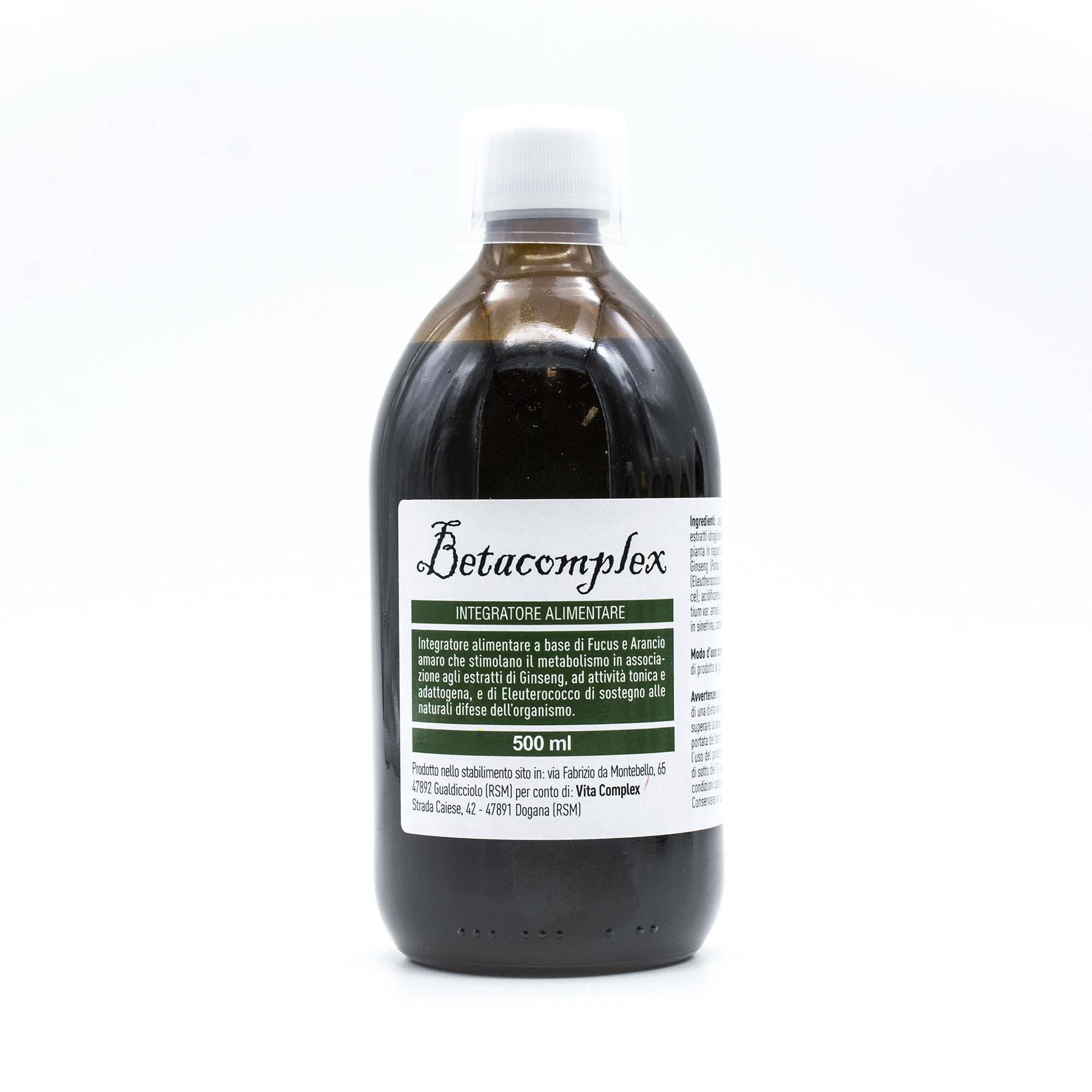




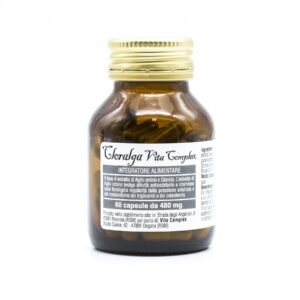

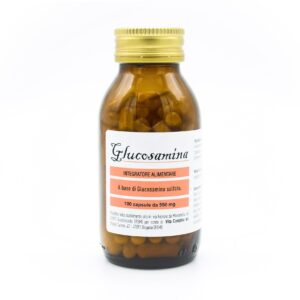
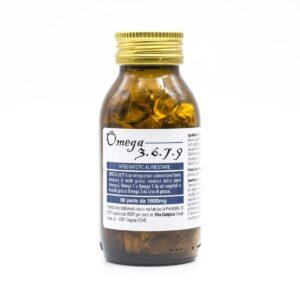


Reviews
There are no reviews yet.